|
Your search criteria found 648 images Mission |
| My List |
Addition Date | Target | Mission | Instrument |
Size
|

|
1998-01-21 | Ganymede |
Galileo |
Photopolarimeter-Radiometer |
988x1330x3 |

|
|||||

|
1998-01-21 | Ganymede |
Galileo |
Photopolarimeter-Radiometer |
988x1233x3 |

|
|||||

|
1998-02-04 | Europa |
Galileo |
Solid-State Imaging |
885x1415x1 |

|
|||||

|
1998-02-04 | Io |
Galileo |
Solid-State Imaging |
2290x1308x3 |
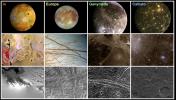
|
|||||

|
1998-02-04 | Europa |
Galileo |
Solid-State Imaging |
1160x930x1 |
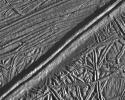
|
|||||

|
1998-02-04 | Europa |
Galileo |
Solid-State Imaging |
1259x556x3 |
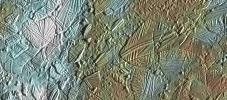
|
|||||

|
1998-03-02 | Europa |
Galileo |
Solid-State Imaging |
733x406x3 |
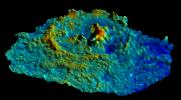
|
|||||

|
1998-03-02 | Europa |
Galileo |
Solid-State Imaging |
1400x1120x1 |
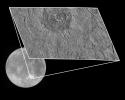
|
|||||

|
1998-03-02 | Europa |
Galileo |
Solid-State Imaging |
796x397x1 |
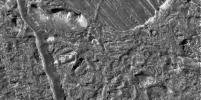
|
|||||

|
1998-03-02 | Europa |
Galileo |
Solid-State Imaging |
792x742x1 |
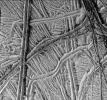
|
|||||

|
1998-03-02 | Europa |
Galileo |
Solid-State Imaging |
792x574x1 |
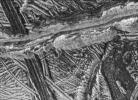
|
|||||

|
1998-03-02 | Europa |
Galileo |
Solid-State Imaging |
310x796x1 |
|
|
|||||

|
1998-03-02 | Europa |
Galileo |
Solid-State Imaging |
874x316x1 |
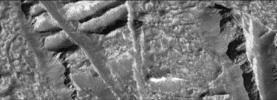
|
|||||

|
1998-03-02 | Europa |
Galileo |
Solid-State Imaging |
912x384x1 |
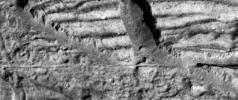
|
|||||

|
1998-03-02 | Europa |
Galileo |
Solid-State Imaging |
798x802x1 |
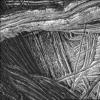
|
|||||

|
1998-03-02 | Europa |
Galileo |
Solid-State Imaging |
760x770x1 |

|
|||||

|
1998-03-06 | Europa |
Galileo |
Solid-State Imaging |
1248x800x1 |
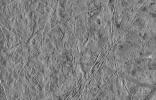
|
|||||

|
1998-03-06 | Europa |
Galileo |
Solid-State Imaging |
1200x800x1 |
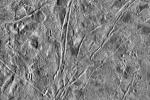
|
|||||

|
1998-03-06 | Europa |
Galileo |
Solid-State Imaging |
880x396x1 |
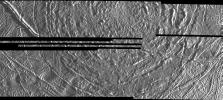
|
|||||

|
1998-03-06 | Europa |
Galileo |
Solid-State Imaging |
725x398x1 |
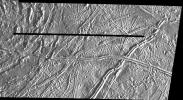
|
|||||

|
1998-03-06 | Europa |
Galileo |
Solid-State Imaging |
730x1410x1 |

|
|||||

|
1998-03-06 | Europa |
Galileo |
Solid-State Imaging |
1410x912x1 |
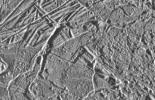
|
|||||

|
1998-03-06 | Io |
Galileo |
Solid-State Imaging |
980x655x3 |
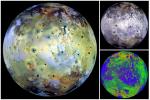
|
|||||

|
1998-03-06 | Europa |
Galileo |
Solid-State Imaging |
1400x1000x1 |
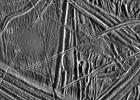
|
|||||

|
1998-03-06 | Europa |
Galileo |
Solid-State Imaging |
674x875x1 |

|
|||||

|
1998-03-06 | Europa |
Galileo |
Solid-State Imaging |
750x1075x1 |

|
|||||

|
1998-03-06 | Jupiter |
Galileo |
Solid-State Imaging |
1300x1000x3 |
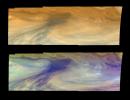
|
|||||

|
1998-03-06 | Jupiter |
Galileo |
Solid-State Imaging |
1300x1200x1 |
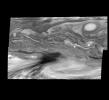
|
|||||

|
1998-03-06 | Jupiter |
Galileo |
Solid-State Imaging |
1300x1000x3 |
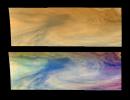
|
|||||

|
1998-03-06 | Jupiter |
Galileo |
Solid-State Imaging |
800x900x3 |

|
|||||

|
1998-03-06 | Jupiter |
Galileo |
Solid-State Imaging |
1300x1000x1 |
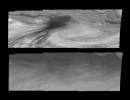
|
|||||

|
1998-03-06 | Jupiter |
Galileo |
Solid-State Imaging |
1300x1000x1 |
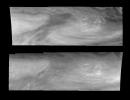
|
|||||

|
1998-03-06 | Jupiter |
Galileo |
Solid-State Imaging |
640x485x1 |
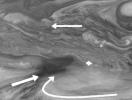
|
|||||

|
1998-03-06 | Jupiter |
Galileo |
Solid-State Imaging |
552x735x1 |

|
|||||

|
1998-03-06 | Jupiter |
Galileo |
Solid-State Imaging |
1600x1200x3 |
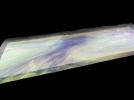
|
|||||

|
1998-03-06 | Jupiter |
Galileo |
Solid-State Imaging |
1600x1200x3 |
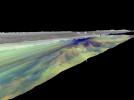
|
|||||

|
1998-03-06 | Jupiter |
Galileo |
Solid-State Imaging |
1600x1200x3 |
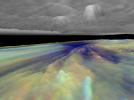
|
|||||

|
1998-03-06 | Jupiter |
Galileo |
Solid-State Imaging |
1600x1200x3 |
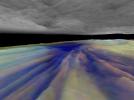
|
|||||

|
1998-03-06 | Jupiter |
Galileo |
Solid-State Imaging |
1600x1200x3 |
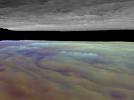
|
|||||

|
1998-03-06 | Jupiter |
Galileo |
Solid-State Imaging |
1600x1200x3 |
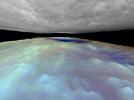
|
|||||

|
1998-03-06 | Jupiter |
Galileo |
Solid-State Imaging |
572x480x1 |

|
|||||

|
1998-03-06 | Jupiter |
Galileo |
Solid-State Imaging |
572x480x1 |

|
|||||

|
1998-03-06 | Jupiter |
Galileo |
Solid-State Imaging |
572x960x1 |

|
|||||

|
1998-03-06 | Jupiter |
Galileo |
Solid-State Imaging |
1300x1200x1 |
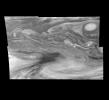
|
|||||

|
1998-03-06 | Jupiter |
Galileo |
Solid-State Imaging |
1300x1200x1 |
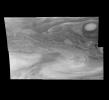
|
|||||

|
1998-03-06 | Jupiter |
Galileo |
Solid-State Imaging |
1300x600x1 |
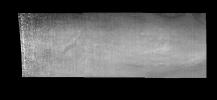
|
|||||

|
1998-03-06 | Jupiter |
Galileo |
Solid-State Imaging |
1300x600x1 |
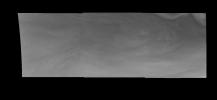
|
|||||

|
1998-03-06 | Jupiter |
Galileo |
Solid-State Imaging |
1300x1200x1 |

|
|||||

|
1998-03-06 | Jupiter |
Galileo |
Solid-State Imaging |
1300x600x1 |
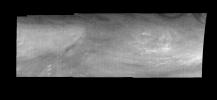
|
|||||

|
1998-03-06 | Jupiter |
Galileo |
Solid-State Imaging |
1300x600x1 |
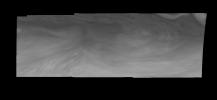
|
|||||

|
1998-03-06 | Jupiter |
Galileo |
Solid-State Imaging |
1000x1000x1 |
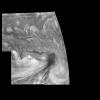
|
|||||

|
1998-03-06 | Jupiter |
Galileo |
Solid-State Imaging |
1000x1000x1 |
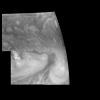
|
|||||

|
1998-03-06 | Jupiter |
Galileo |
Solid-State Imaging |
900x500x1 |
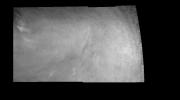
|
|||||

|
1998-03-06 | Jupiter |
Galileo |
Solid-State Imaging |
900x500x1 |
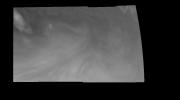
|
|||||

|
1998-03-06 | Jupiter |
Galileo |
Solid-State Imaging |
1300x1200x1 |
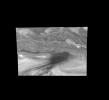
|
|||||

|
1998-03-06 | Jupiter |
Galileo |
Solid-State Imaging |
1300x1200x1 |
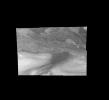
|
|||||

|
1998-03-06 | Europa |
Galileo |
Solid-State Imaging |
1018x1293x3 |

|
|||||

|
1998-03-06 | Europa |
Galileo |
Solid-State Imaging |
800x800x1 |
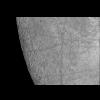
|
|||||

|
1998-03-06 | Europa |
Galileo |
Solid-State Imaging |
760x755x1 |
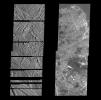
|
|||||

|
1998-03-26 | Jupiter |
Galileo |
Solid-State Imaging |
600x600x1 |
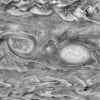
|
|
||||

|
1998-03-26 | Jupiter |
Galileo |
Solid-State Imaging |
640x485x1 |
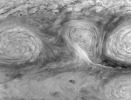
|
|
||||

|
1998-03-26 | Jupiter |
Galileo |
Near Infrared Mapping Spectrometer |
233x506x3 |
|
|
|||||

|
1998-03-26 | J Rings |
Galileo |
Solid-State Imaging |
1108x300x1 |

|
|||||

|
1998-03-26 | Jupiter |
Galileo |
Solid-State Imaging |
970x844x1 |
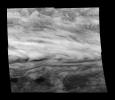
|
|||||

|
1998-03-26 | Europa |
Galileo |
Solid-State Imaging |
920x720x1 |
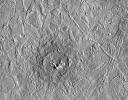
|
|||||

|
1998-03-26 | Jupiter |
Galileo |
Near Infrared Mapping Spectrometer |
700x900x1 |

|
|||||

|
1998-03-26 | Europa |
Galileo |
Solid-State Imaging |
800x1000x1 |

|
|||||

|
1998-03-26 | Europa |
Galileo |
Solid-State Imaging |
465x600x1 |

|
|||||

|
1998-03-26 | Europa |
Galileo |
Solid-State Imaging |
635x680x1 |

|
|||||

|
1998-03-26 | Europa |
Galileo |
Near Infrared Mapping Spectrometer |
1000x800x1 |
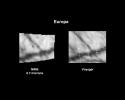
|
|||||

|
1998-03-26 | J Rings |
Galileo |
Solid-State Imaging |
1493x487x1 |

|
|||||

|
1998-03-26 | J Rings |
Galileo |
Solid-State Imaging |
800x410x1 |
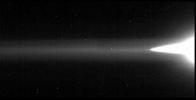
|
|||||

|
1998-03-26 | Europa |
Galileo |
Solid-State Imaging |
600x600x1 |
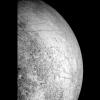
|
|||||

|
1998-03-26 | Europa |
Galileo |
Solid-State Imaging |
400x400x1 |
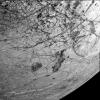
|
|||||

|
1998-03-26 | Callisto |
Galileo |
Solid-State Imaging |
800x800x1 |
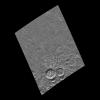
|
|||||

|
1998-03-26 | Europa |
Galileo |
Solid-State Imaging |
400x400x1 |
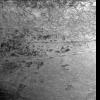
|
|||||

|
1998-03-26 | Jupiter |
Galileo |
Solid-State Imaging |
800x1100x1 |

|
|||||

|
1998-03-26 | Io |
Galileo |
Solid-State Imaging |
410x460x1 |

|
|||||

|
1998-03-26 | Io |
Galileo |
Solid-State Imaging |
1152x659x1 |
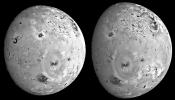
|
|||||

|
1998-03-26 | Io |
Galileo |
Solid-State Imaging |
410x460x3 |

|
|||||

|
1998-03-26 | Callisto |
Galileo |
Solid-State Imaging |
725x550x1 |
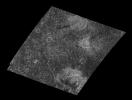
|
|||||

|
1998-03-26 | Io |
Galileo |
Solid-State Imaging |
346x346x3 |
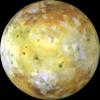
|
|||||

|
1998-03-26 | Callisto |
Galileo |
Solid-State Imaging |
800x1075x1 |

|
|||||

|
1998-03-26 | Callisto |
Galileo |
Solid-State Imaging |
600x650x1 |

|
|||||

|
1998-03-26 | Amalthea |
Galileo |
Solid-State Imaging |
798x573x1 |
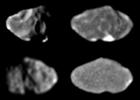
|
|||||

|
1998-03-26 | Thebe |
Galileo |
Solid-State Imaging |
428x195x1 |
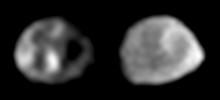
|
|||||

|
1998-03-26 | Amalthea |
Galileo |
Solid-State Imaging |
856x270x1 |

|
|||||

|
1998-03-26 | Jupiter |
Galileo |
Solid-State Imaging |
1400x900x1 |
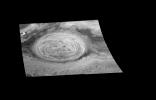
|
|||||

|
1998-03-26 | Jupiter |
Galileo |
Solid-State Imaging |
4000x2500x1 |

|
|||||

|
1998-03-26 | Jupiter |
Galileo |
Solid-State Imaging |
414x800x1 |
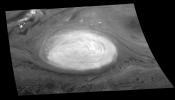
|
|||||

|
1998-03-26 | Europa |
Galileo |
Solid-State Imaging |
1903x1864x1 |
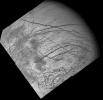
|
|||||

|
1998-03-26 | Ganymede |
Galileo |
Near Infrared Mapping Spectrometer |
1950x1500x3 |
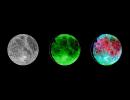
|
|||||

|
1998-03-26 | Io |
Galileo |
Near Infrared Mapping Spectrometer |
1525x1100x3 |
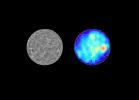
|
|||||

|
1998-03-26 | Jupiter |
Galileo |
Near Infrared Mapping Spectrometer |
1300x900x3 |
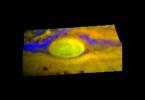
|
|||||

|
1998-03-26 | Callisto |
Galileo |
Near Infrared Mapping Spectrometer |
1065x863x3 |
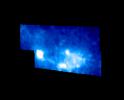
|
|||||

|
1998-03-26 | Io |
Galileo |
Near Infrared Mapping Spectrometer |
1900x1300x3 |
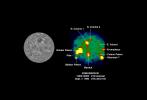
|
|||||

|
1998-03-26 | Io |
Galileo |
Near Infrared Mapping Spectrometer |
1300x850x3 |
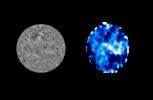
|
|||||

|
1998-03-26 | Jupiter |
Galileo |
Near Infrared Mapping Spectrometer |
900x800x3 |
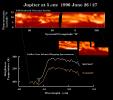
|
|||||

|
1998-03-26 | Ganymede |
Galileo |
Near Infrared Mapping Spectrometer |
1143x635x3 |
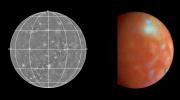
|
|||||

|
1998-03-26 | Io |
Galileo |
Near Infrared Mapping Spectrometer |
1600x1300x3 |
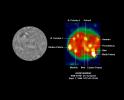
|
|||||

|
 |
 |
 |
 |
 |
 |
 |

|
| 1-100 | 101-200 | 201-300 | 301-400 | 401-500 | 501-600 | 601-700 |
| Currently displaying images: 201 - 300 of 648 |